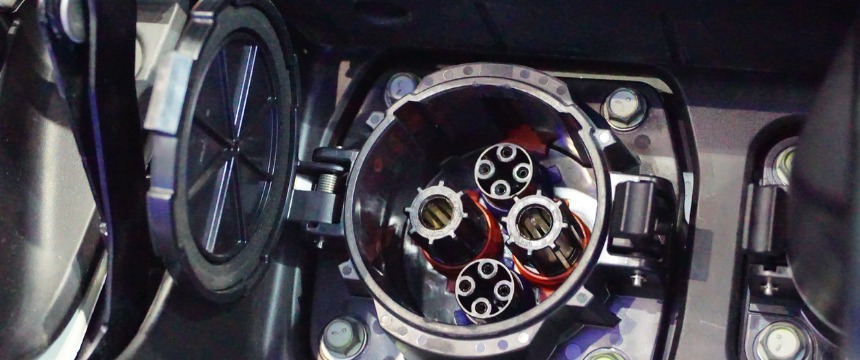
In the words of Miss Frizzle, “Okay bus—do your stuff!”1 A favorable regulatory environment, direct subsidy, private investment, and customer demand are driving an acceleration in electric vehicle (EV) bus adoption and the lane of busiest traffic is filling with school buses. The United States has over 480,000 school buses, but currently, less than one percent are EVs. Industry watchers expect that EV buses will eventually become the leading mode for student transportation. School districts and municipalities are embracing EV buses because they are perceived as cleaner, requiring less maintenance, and predicted to operate more reliably than current fossil fuel consuming alternatives. EV bus technology has improved in recent years, with today’s models performing better in cold weather than their predecessors, with increased ranges on a single charge, and requiring very little special training for drivers.2 Moreover, EV buses can serve as components in micro-grid developments (more on that in a future post).
The Investment Incline
Even if the expected operational advantages of EV buses deliver, the upfront cost to purchase vehicles or to retrofit existing fleets remains an obstacle to expansion. New EV buses price out significantly more than traditional diesel buses and also require accompanying new infrastructure, such as charging stations. Retrofitting drive systems in existing buses comparatively reduces some of that cost, but also requires significant investment.3
To detour around these financial obstacles, federal, state, and local governments have made funding available to encourage the transition to EV buses.4 In addition to such policy-based subsidies, private investment from both financial and strategic quarters has increased. Market participants who take advantage of such funding earlier than their competitors have a forward seat to position themselves as leaders.
You kids pipe down back there, I’ve got my eyes on a pile of cash up ahead!
Government funding incentives for electrification are available for new EV buses and for repowering existing vehicles.5 Notably, the Infrastructure Investment and Jobs Act committed $5 billion over five years to replace existing diesel buses with EV buses. Additionally, the Diesel Emissions Reduction Act provided $18.7 million in rebates for fiscal year 2021 through an ongoing program.
In 2021, New York City announced its commitment to transition school buses to electric by 2035. Toward that goal, the New York Truck Voucher Incentive Program provides vouchers to eligible fleets towards electric conversions and covers up to 80% of those associated costs.6 California’s School Bus Replacement Program had already set aside over $94 million, available to districts, counties, and joint power authorities, to support replacing diesel buses with EVs, and the state’s proposed budget for 2022-23 includes a $1.5 billion grant program to support purchase of EV buses and charging stations.
While substantial growth in EV bus sales will continue in the years ahead, it will be important to keep an eye out for renewal, increase or sunset of these significant subsidies.
Market Players and Market Trends, OEMs, and Retrofitters
The U.S is a leader in EV school bus production: two of the largest manufacturers, Blue Bird and Thomas Built (part of Daimler Truck North America), are located domestically, and Lion Electric (based in Canada) expects to begin delivering vehicles from a large facility in northern Illinois during the second half of 2022. GM has teamed up with Lighting eMotors on a medium duty truck platform project that includes models prominent in many fleets, and Ford’s Super Duty lines of vehicles (which provide the platform for numerous vans and shuttle vehicles) pop up in its promotion of a broader electric future. Navistar’s IC Bus now features an electric version of its flagship CE series.
Additionally, companies are looking to a turn-key approach to deliver complete energy ecosystems, encompassing vehicles, charging infrastructure, financing, operations, maintenance, and energy optimization. In 2021, Highland Electric Transportation raised $253 million from Vision Ridge Partners, Fontinalis Partners (co-founded by Bill Ford) and existing investors to help accelerate its growth, premised on a turn-key fleet approach.7
Retrofitting is also on the move. SEA Electric (SEA), a provider of electric commercial vehicles, recently partnered with Midwest Transit Equipment (MTE) to convert 10,000 existing school buses to EVs over the next five years.8 MTE will provide the frame for the school uses and SEA will provide its SEA-drive propulsion system to convert the buses to EV.9 In a major local project, Logan Bus Company announced its collaboration with AMPLY Power and Unique Electric Solutions (UES) to deploy New York City’s first Type-C (conventional) school bus.10
Industry followers should expect further collaborations, because simplifying the route to adopting an EV fleet makes it more likely EV products will reach customers.
Opportunities Going Forward
Over the long haul, EV buses should do well. Scaling up investments and competition on the production side should facilitate making fleet modernization more affordable for school districts while supporting profit margins for manufacturers. EVs aren’t leaving town, so manufacturers, fleet operators, school districts and municipalities will either get on board or risk being left at the curb.
Disclaimer: Neither Foley nor the authors express any opinions or judgments about any specific company, project or technology.
9 Id.
